Categories
New Blog
Tags
As a pharmaceutical professional, you know that capsule filling machine are the backbone of your production line. These precision instruments require regular maintenance to ensure optimal performance, product quality, and longevity. But where do you start? What are the key areas to focus on? In this guide, we'll dive into the essential steps to keep your capsule filling machine running smoothly, maximizing efficiency and minimizing downtime. Let's explore the world of capsule filling machine maintenance and unlock the secrets to peak performance.
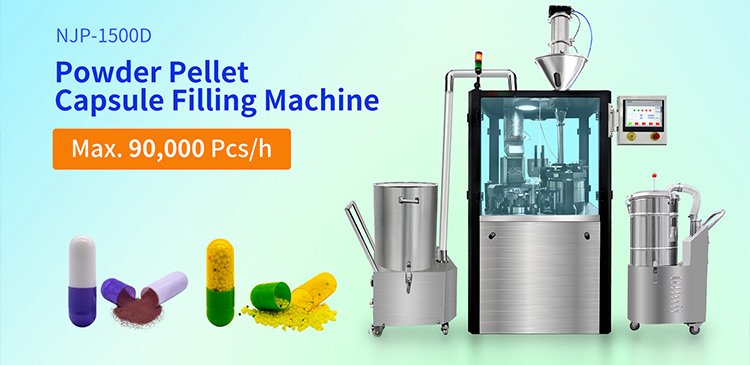
Regular Cleaning: The Foundation of Maintenance
The first and most crucial step in maintaining your capsule filling machine is regular cleaning. You might think that a quick wipe-down at the end of each production run is sufficient, but there's more to it than meets the eye.
Start by developing a comprehensive cleaning schedule that includes daily, weekly, and monthly tasks. Daily cleaning should focus on removing any visible residue from the machine's surfaces, particularly in areas that come into direct contact with capsules or powder.
For weekly cleaning, disassemble the machine's removable parts and clean them thoroughly. Use appropriate cleaning agents recommended by the manufacturer to avoid damaging sensitive components. Pay special attention to the capsule hopper, filling stations, and powder reservoir.
Monthly cleaning should be more intensive, involving a deep clean of all machine parts, including hard-to-reach areas. This is also an excellent time to inspect components for wear and tear.
Remember, proper cleaning not only maintains hygiene standards but also prevents cross-contamination between different products and extends the life of your machine.
Just like any other mechanical device, your capsule filling machine relies on properly lubricated parts to function smoothly. Neglecting these maintenance efforts can lead to increased wear and tear on the setup, reduced service life and productivity, and increased risk of machine failure.
Clearly understand which moving parts need lubrication maintenance, such as bearings, chains and moving mechanisms. Please understand and consult the machine manual provided by your equipment manufacturer for more detailed maintenance instructions.
Develop a lubrication schedule and stick to it religiously. Some parts may need daily lubrication, while others might only require it weekly or monthly. Keep a log of when each component was last lubricated to ensure nothing is overlooked.
When applying lubricants, be careful not to over-lubricate, as this can attract dust and debris, potentially contaminating your products. Use only food-grade lubricants approved for pharmaceutical manufacturing to maintain product safety.
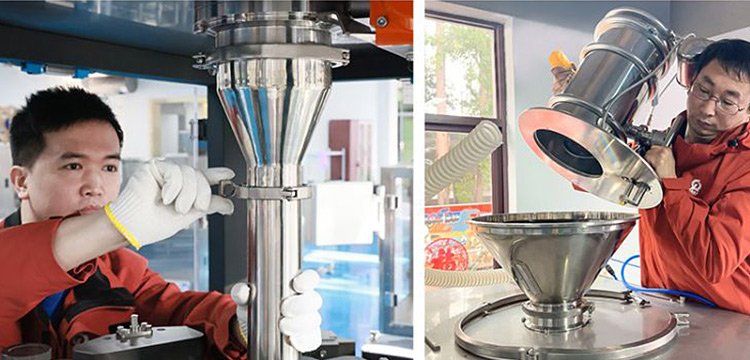
Your capsule filling machine's precision is critical for producing consistent, high-quality products. Regular calibration is essential to maintain this precision and meet regulatory requirements.
Start by establishing a calibration schedule based on your machine's specifications and usage. This may involve daily checks of certain parameters and more comprehensive calibrations performed weekly or monthly.
Key areas to focus on include:
1. Weight accuracy: Regularly check and adjust the machine's dosing system to ensure each capsule contains the correct amount of powder.
2. Capsule orientation: Verify that the machine correctly orients capsules for filling and joining.
3. Fill volume: Calibrate the machine to dispense the precise amount of powder into each capsule.
4. Capsule closing force: Adjust the pressure applied when joining capsule halves to prevent under or over-tightening.
Keep detailed records of all calibration activities, including dates, results, and any adjustments made. This documentation is crucial for quality control and regulatory compliance.
Even with regular maintenance, parts of your capsule filling machine will inevitably wear out over time. The key is to identify and address these issues before they lead to machine failure or product quality problems.
Conduct regular visual inspections of all machine components, looking for signs of wear such as:
- Scratches or scoring on metal surfaces
- Cracks or chips in plastic parts
- Loose or missing fasteners
- Unusual noises or vibrations during operation
Pay particular attention to high-wear items like filling pins, tamping pins, and capsule guides. These parts may need more frequent replacement than others.
Implement a preventive maintenance schedule that includes replacing wear parts before they fail. This proactive approach can save you time and money in the long run by reducing unexpected downtime and maintaining consistent product quality.
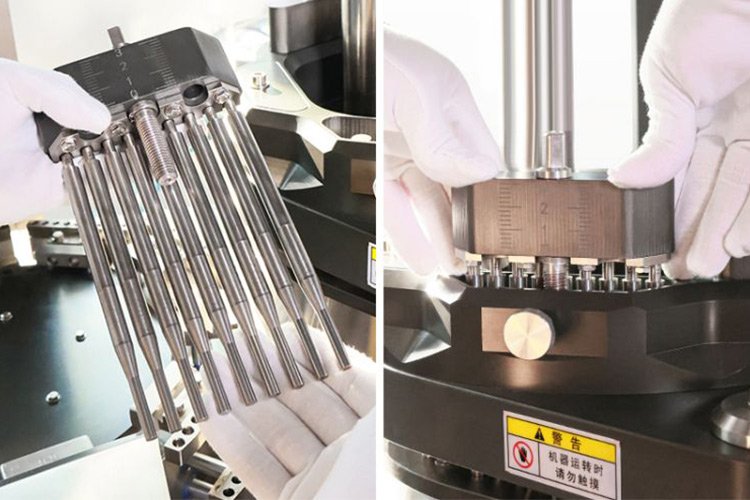
Software and Firmware Updates: Staying Current
In today's digital age, many capsule filling machines rely on sophisticated software and firmware to control their operations. Keeping these systems up-to-date is an often-overlooked aspect of maintenance.
Check with your machine's manufacturer regularly for available updates. These updates may include:
- Bug fixes that improve machine stability
- New features that enhance productivity
- Security patches to protect against cyber threats
Before installing any updates, ensure you have a backup of your current system configuration. Schedule updates during planned downtime to minimize disruption to your production schedule.
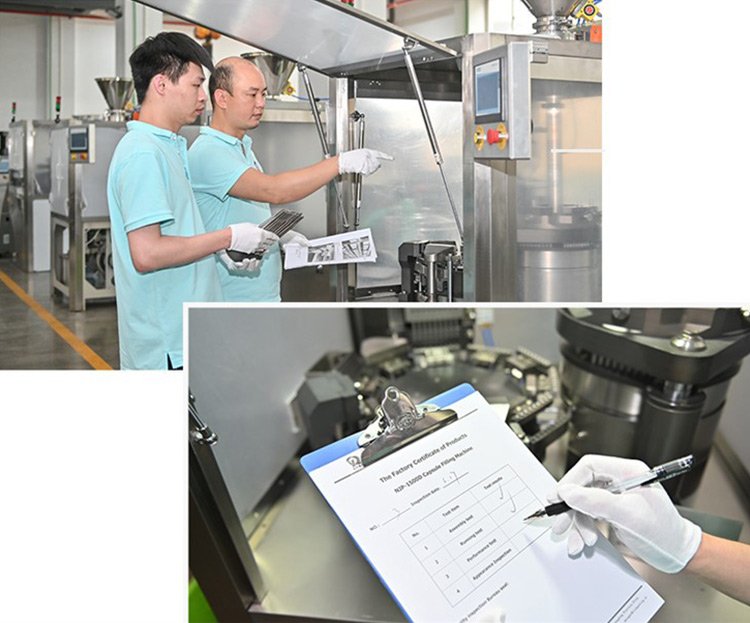
Training and Documentation: Empowering Your Team
Effective maintenance isn't just about the machine itself; it's also about the people who operate and care for it. Investing in comprehensive training for your team can pay dividends in improved machine performance and longevity.
Develop a training program that covers:
- Basic machine operation
- Routine maintenance tasks
- Troubleshooting common issues
- Proper cleaning and sanitization procedures
Ensure that all relevant documentation, including the machine manual, maintenance logs, and standard operating procedures, is easily accessible to your team.
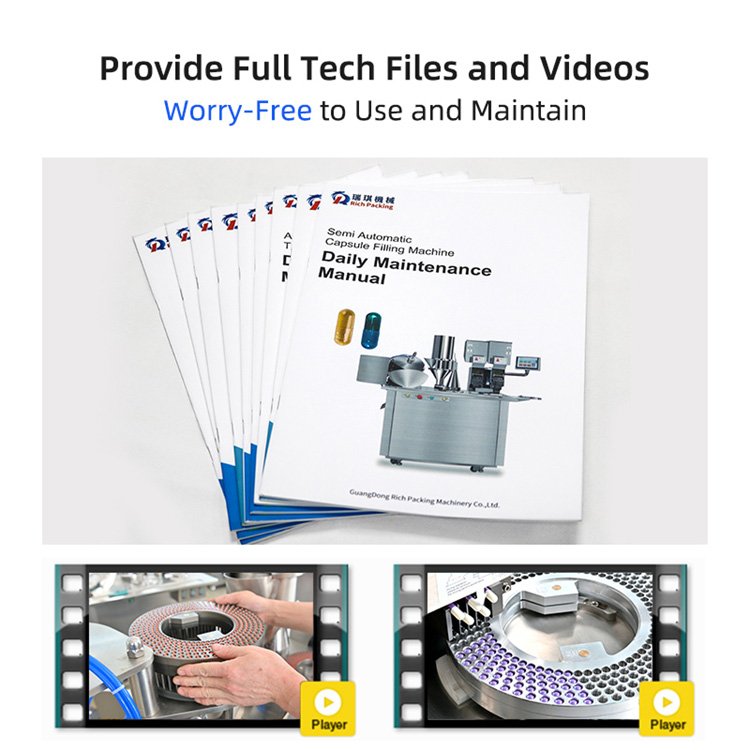
Your capsule filling machine doesn't operate in isolation. The environment in which it's housed can significantly impact its performance and longevity. Controlling this environment is an often-overlooked aspect of maintenance.
Consider factors such as:
- Temperature: Temperature: Ensure that the equipment is operating within the manufacturer's recommended range. Large differences in temperature can lead to poor powder flow and softening and breakage of the capsule shell.
- Humidity: Control the humidity of the production environment according to the production formula, ensure the flow of the powder, prevent the powder from caking due to humidity, affecting the smooth operation of the machine.
- Dust and particulates: Implement air filtration systems to minimize contaminants that could affect machine performance or product quality.
- Vibration: Ensure your machine is installed on a stable surface and isolated from sources of vibration that could affect its precision.
Regularly monitor and log environmental conditions in your production area. This data can be invaluable when troubleshooting issues or optimizing machine performance.
Start by identifying critical spare parts – those components that are essential for machine operation or have long lead times for replacement. Ensure that spare replacement parts are kept in stock at the warehouse.
Regularly review and update your spare parts inventory based on machine usage, maintenance history, and manufacturer recommendations. Consider factors like part obsolescence and changes in machine design when planning your inventory.
By implementing a comprehensive maintenance strategy, from daily cleaning to regular calibration, from timely software updates to careful management of spare parts, every detail shapes the reliability and efficiency of your equipment. Good maintenance is not just about machines, it's about people. As the pharmaceutical industry continues to evolve, your well-maintained capsule fillers will be at the heart of your competitive advantage. You will witness increased productivity, improved product quality, and a significant reduction in unplanned downtime.